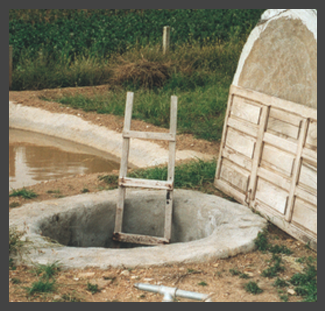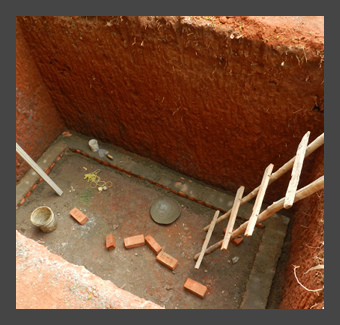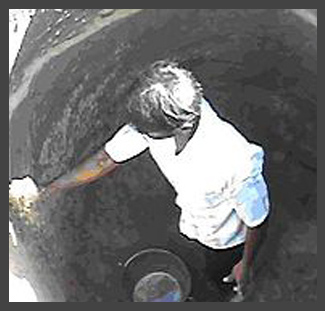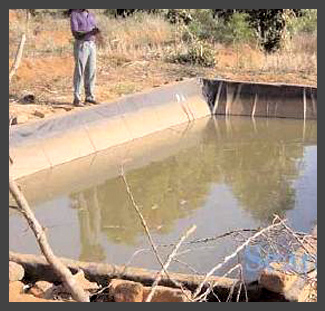Difference between revisions of "Below ground tanks"
From Akvopedia
(→Field experiences) |
(→Field experiences) |
||
| Line 40: | Line 40: | ||
<br> | <br> | ||
| − | |||
===Below ground tank links=== | ===Below ground tank links=== | ||
* VIDEO: [http://blip.tv/mobile-school-for-water-and-sanitation/tanks-underground-cistern-in-sandy-soil-2468875 Tanks - underground cistern in sandy soil.] EMAS video. | * VIDEO: [http://blip.tv/mobile-school-for-water-and-sanitation/tanks-underground-cistern-in-sandy-soil-2468875 Tanks - underground cistern in sandy soil.] EMAS video. | ||
Revision as of 04:17, 10 June 2019
| |
|
|
|
|
|
|
|
|
|
One of the best advantages of underground water tanks is the space conserved by simply installing the water tank in the ground. This provides extra or larger space which may be utilized for other purposes. The underground water tank eliminates exposure to weather conditions but must lie above the water-table level. However, below ground tanks are more expensive to build. The plastic-lined tank and the ferrocement jar tank can be either above ground or below ground.
Field experiences
These projects may be utilizing below ground tanks and are part of the project listing in Really Simple Reporting (RSR) on Akvo.org.
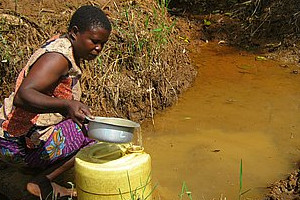 Rwenzori Integrated School WASH Project |
RSR Project |
 Rainwater harvesting in Guinee Bissau 2 |
Below ground tank links
- VIDEO: Tanks - underground cistern in sandy soil. EMAS video.
